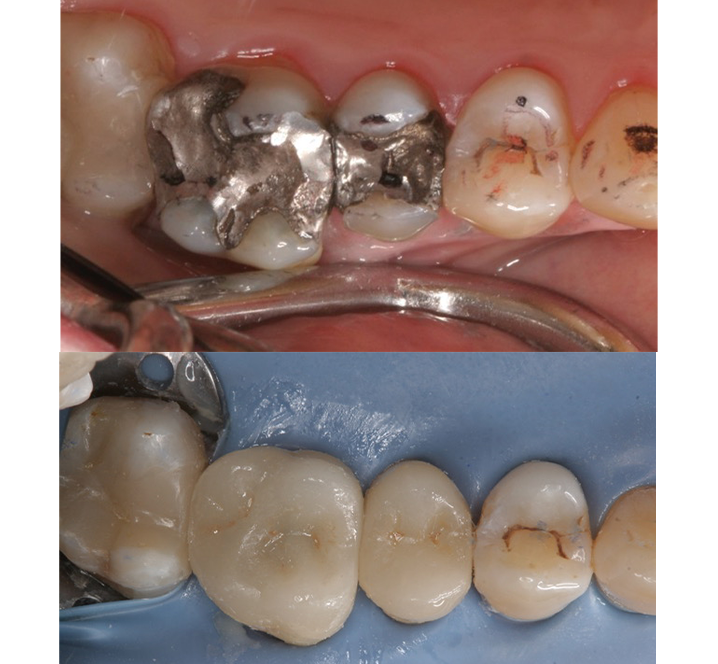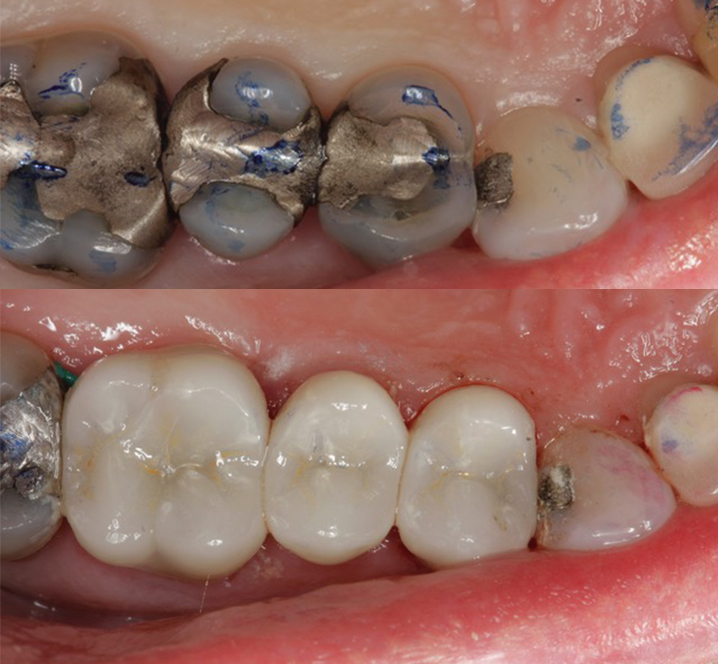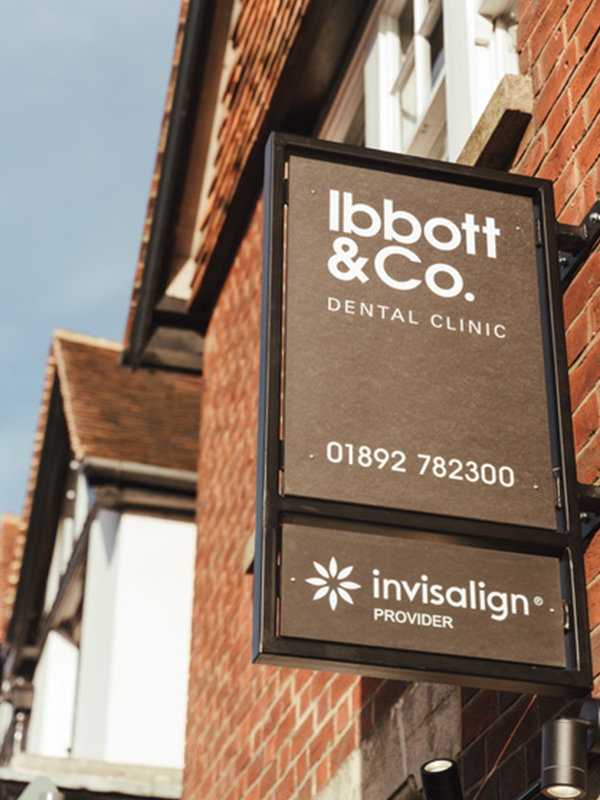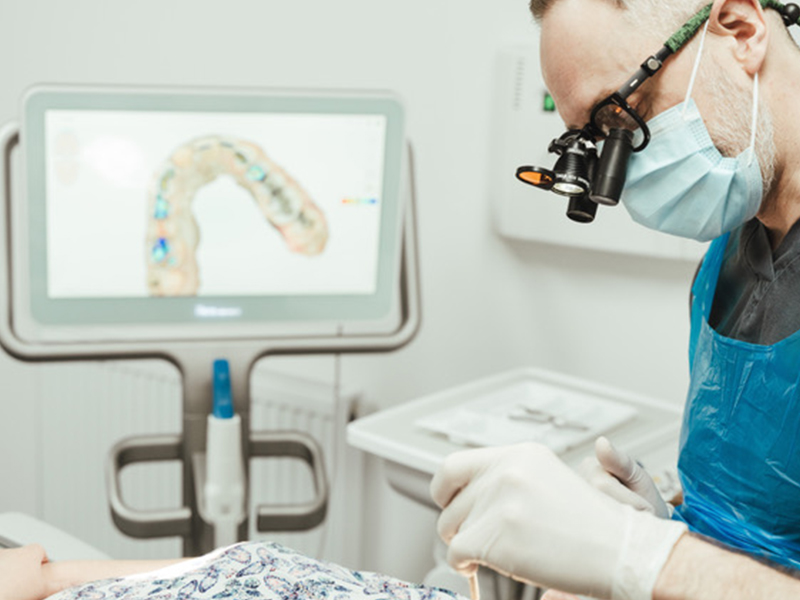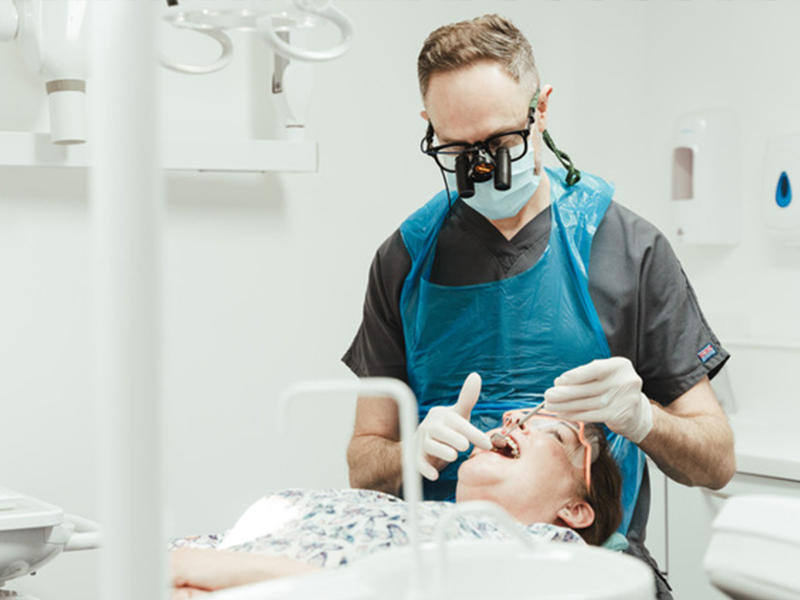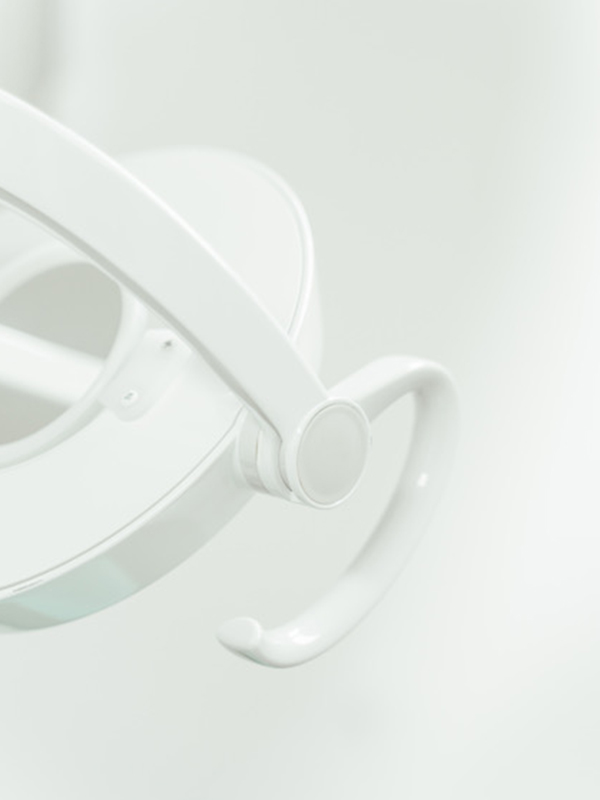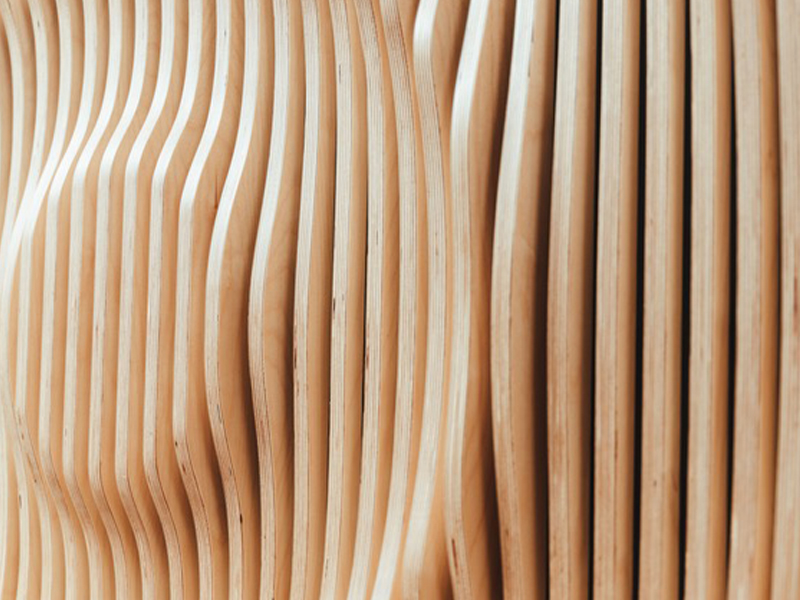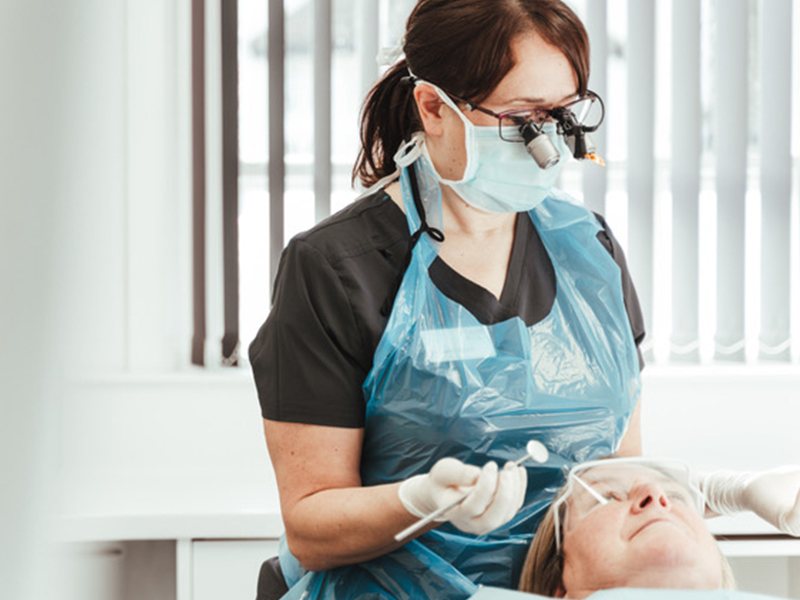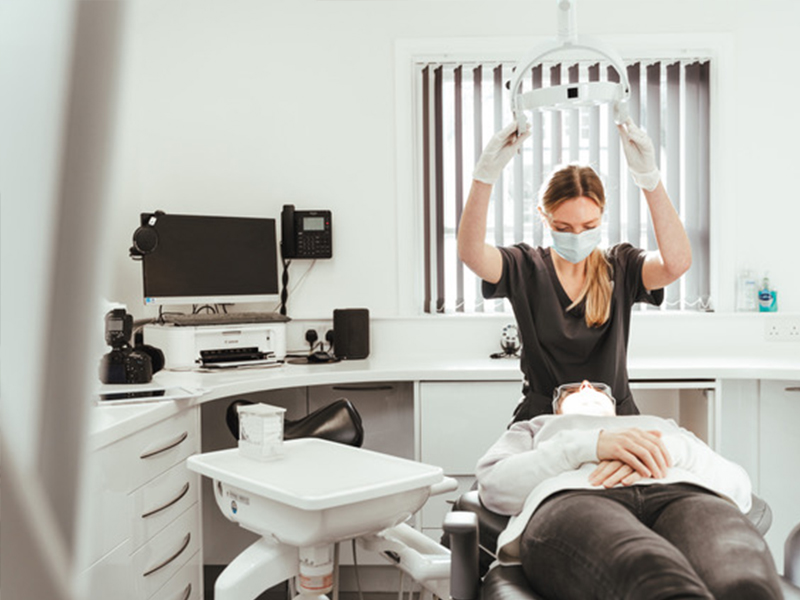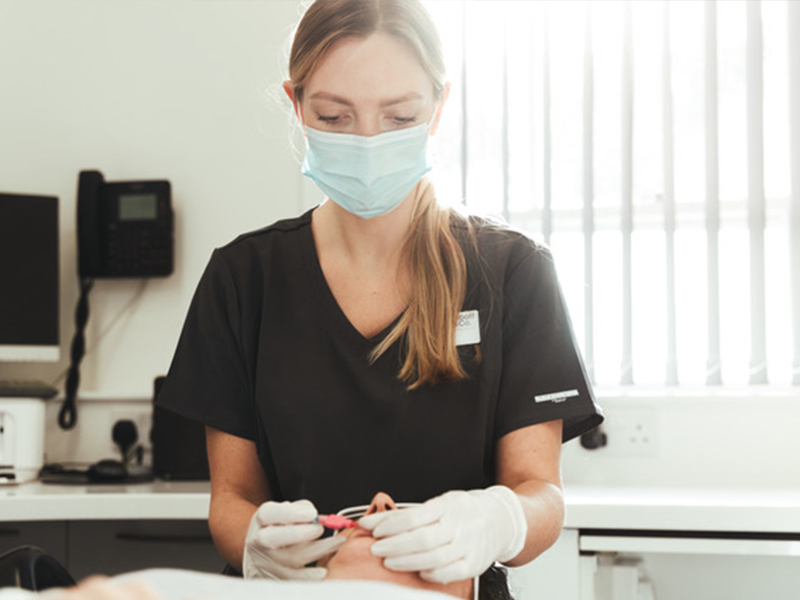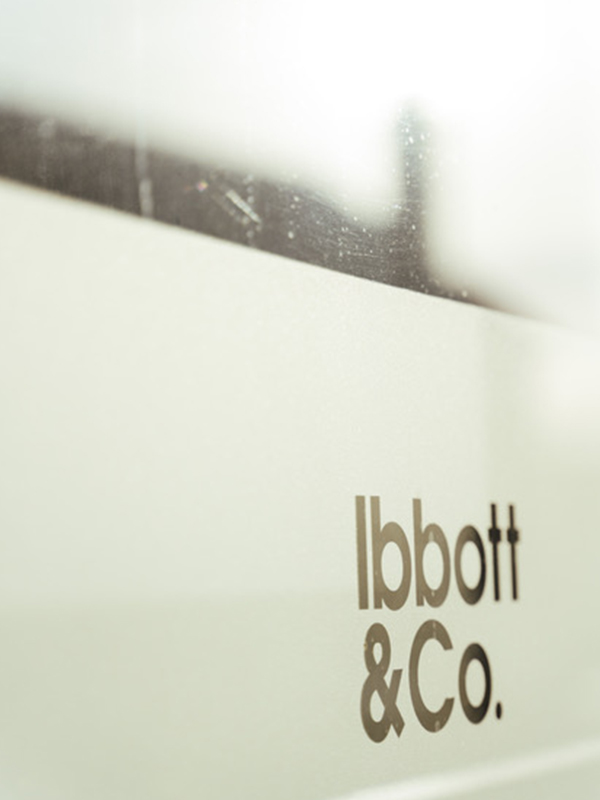Menu
Ceramic Onlays and Crowns
- Home
- /
- Treatments
- /
- General Dentistry
- /
- Ceramic Onlays and Crowns


Weak teeth will often need a ceramic onlay or crown to strengthen them.
Ceramic onlays are used when a tooth has been fractured, has a large filling or a significant crack.
Ceramic crowns are used to protect and restore a broken, weakened or heavily filled tooth. It can also be used to improve the appearance of discoloured or crooked teeth.
Crowns can be colour-matched to your existing teeth, giving them a natural appearance. We routinely use digital photography to ensure the best colour match possible.
When a tooth has an existing filling due to previous damage or tooth decay, further treatment can often be necessary to mechanically strengthen the tooth, prevent further parts of it from breaking off, or protect it from splitting.
This is especially important if a tooth has had a Root Canal treatment.
This may be of one of several types and these are detailed below:
A Ceramic Onlay
This offers all of the benefits of a Crown in terms of strength and appearance but requires less adjustment of the tooth, meaning more of the healthy tooth structure is kept. The Onlay is adhesively bonded to the natural tooth, making it very strong.
For a successful Onlay to be placed it must be possible to keep the area being treated dry. If this is not possible, a traditional Crown may be a better alternative.
Research has shown that a tooth with a filling present in it which goes from the front to the back of the tooth has lost 90% of its strength. When a tooth is restored with a Ceramic Onlay the strength is returned to 90% of the original strength.
This restoration is tooth coloured.
A Crown
A Crown will offer the same degree of protection as an Onlay has been the traditional treatment of choice for restoring badly damaged back teeth for many years. The tooth is prepared to receive the Crown but very often teeth requiring Crowns have already lost a great deal of tooth structure. There must be enough remaining tooth structure left to make the Crown a viable long term solution.
A crown restoring a back tooth may be ceramic and so tooth coloured or it may be made of gold. A gold Crown may be more desirable for a very back tooth as these crowns can be very thin whereas tooth coloured Crowns need to be thicker for strength. Gold Crowns are also often used for patients who grind their teeth.
The Treatment Process
The provision of a Crown or an Onlay will typically involve two visits.
- Visit One
At this visit, the tooth will be prepared and reduced in size in some respect to create space for the restorative material whether this is a Crown or an Onlay. This is carried out under local anaesthetic, and on most occasions, a colour digital intra-oral scan will then be carried out, which is digitally transferred to our dental laboratory. They will then make your restoration or restoration bespoke and ready for fitting on the second visit. On some occasions, a digital scan may not be possible, and a conventional impression or mould of the teeth will need to be taken instead.A temporary restoration will be fitted at this initial appointment. You will need to be careful to eat a softer diet during the two-week period between the two appointments, and your normal cleaning routine may also be slightly different. It is also not unusual to experience a degree of sensitivity to temperature when the tooth has a temporary restoration. - Visit Two
At the second visit local anaesthetic will be provided again. The temporary restoration will be removed and the tooth cleaned. The final Crown or Onlay will then be cemented in place, and it is likely that some degree of adjustment will be required to ensure that your bite is comfortable.Again, it is important to be aware that your cleaning regime for cleaning around and between the new Crowns or Onlays may be slightly different. For example, you may need to use slightly different-sized Tepe brushes from the size you were using in the area before the restoration was placed.
Cracked Teeth
Another situation where an Onlay or Crown is strongly advisable is when a tooth has fracture lines, implying that there is a crack running through the tooth.
In this case, the placement of an Onlay will cover the tooth and protect it from splitting in half.
The placement of an Onlay or Crown will mechanically strengthen the tooth and prevent it breaking or splitting. If the tooth has a crack in it or already has a large filling in it there is a chance that the tooth may need to have a Root Canal treatment. This may be required whether or not the tooth is restored with an Onlay or Crown.
Back to General DentistryGet in Touch

subscribe for our latest news
Get in touch
We provide a simple and affordable way to pay for dental treatments, enabling you to arrange the smile you want at a cost to suit your pocket.

Ibbott&Co Dental Clinic
Start your new Teeth Journey Today!
By your side for the entire way, from A to Z.
Book Onlinetestimonials
We love our patients
“I've just finished invisalign straightening and bonding with Chris and I'm so pleased with the results. I am not sure why I didn't do this years ago as it has improved my confidence so much. I no longer cover my...”
Louisa L
“I am extremely happy with the expertise and quality of work evident during my recent visit to Ibbott&Co Dental Clinic. The replacement filling I had looks great and I felt no pain whatsoever during the procedure or since, I'm pleased...”
John W
“I joined Ibbott&Co in January with a view to changing my 2 front crowns which I'd had for over 15 years. After a thorough examination and an in depth consultation with Chris, we decided to change the crowns, and also...”
Linda P
“I had my first appointment with Janet today and she is fantastic! All the staff at Ibbott&Co are so friendly and caring. The best, most reassuring experience I have had at a dentist and I feel in safe hands. Thank...”
Jasmine M
“I was always very conscious of my teeth and like many people held back my smile as a result, and my fear of dentists and the thought of long painful appointments meant I did nothing about it. After talking through...”
Martin B


